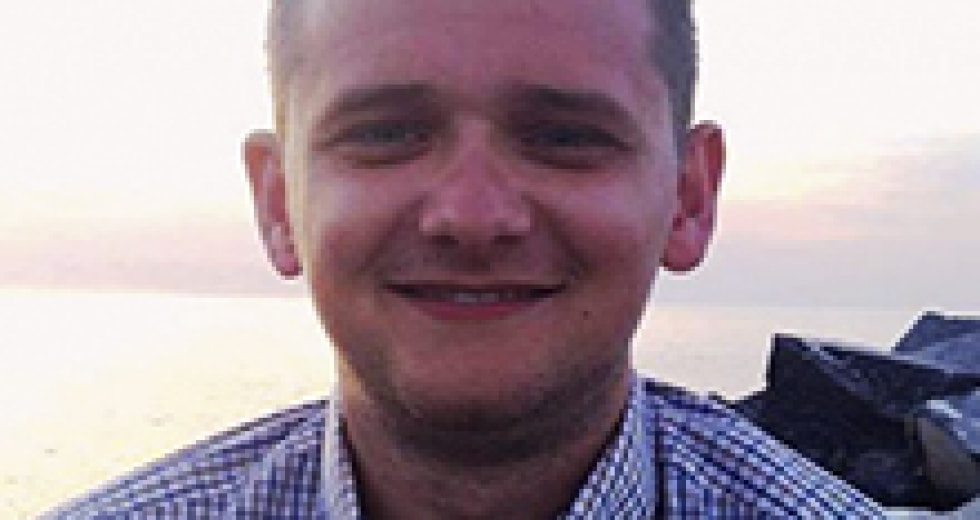Skopje’s revamping project and democracy derailed
Malpractice and division characterize Skopje 2014.
|07.09.2015
|

Aleksandar Bogdanoski
Aleksandar Bogdanoski is a K.0 correspondent from Macedonia. He is pursuing a master’s in European public policy at the University of York and the Central Eu\ropean University. He is passionate about empowering citizens to pursue justice and accountability.
This story was originally written in English.